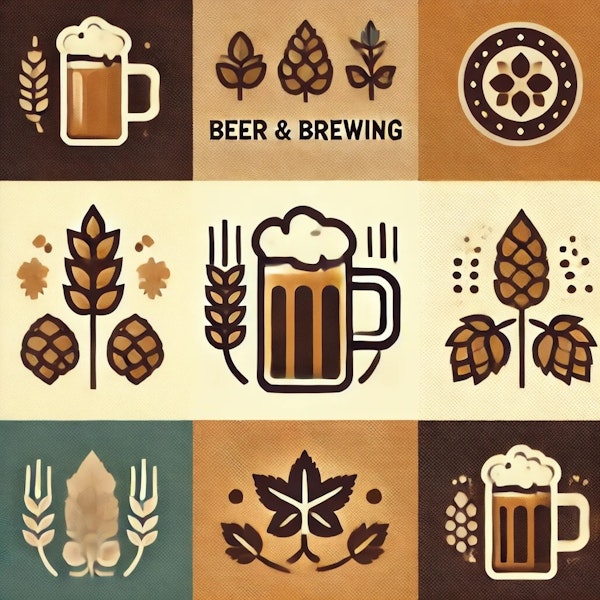
Before there was hazy or even a defined West Coast style, there was an IPA that emerged as a brashly hopped counterpoint to British ale. It never went away—but it evolved. And today’s brewers are making it better than ever.
It’s sweet, it’s purple, it’s trendy, and many folks from the Philippines will be delighted when you make some beer with it.
Perhaps the oldest way of preparing grain for brewing, drying malt in the open air was traditional for lambics, white beers, and various rustic ales scattered around Europe, Africa, and beyond. Today, brewers and maltsters interested in history, terroir, and old-fashioned methods are taking their malt back out into the sun.
Dipping in to put the crispy in crispy bois, this is nacho usual adjunct. (Sorry, was that corny?)
From our Love Handles files on the world’s best places to drink great beer: Steadily approaching four decades in operation, this influential bar continues to combine unpretentious atmosphere with a powerhouse selection of independently brewed beers.
It can be a polarizing dish for those who didn’t grow up with it, but there are some affinities between certain styles of beer and this fermented Korean favorite. Can you brew with it? Of course you can.
Looking for something fresh to give your beers an edge? Check out these new yeasts, hops, and flavor extracts.
From our Love Handles files on the world’s great beer bars: In the characterful Trúc Bạch neighborhood of Vietnam’s capital, Standing Bar is an ideal spot to relax and get a taste of the country’s independent brewing scene.
Taking the idea of a bloody beer to new heights, some Eastern European brewers have embraced a gose-based style thickened with tomato, chiles, garlic, smoke, and more. (Just add hangover.)
Festivities are winding down, but there’s a surplus of cookies winking at the motley collection of beers in your fridge. Our best advice: Look for comparable intensities of flavor (difficult), and don’t overdo it (impossible). Specific recommendations follow.